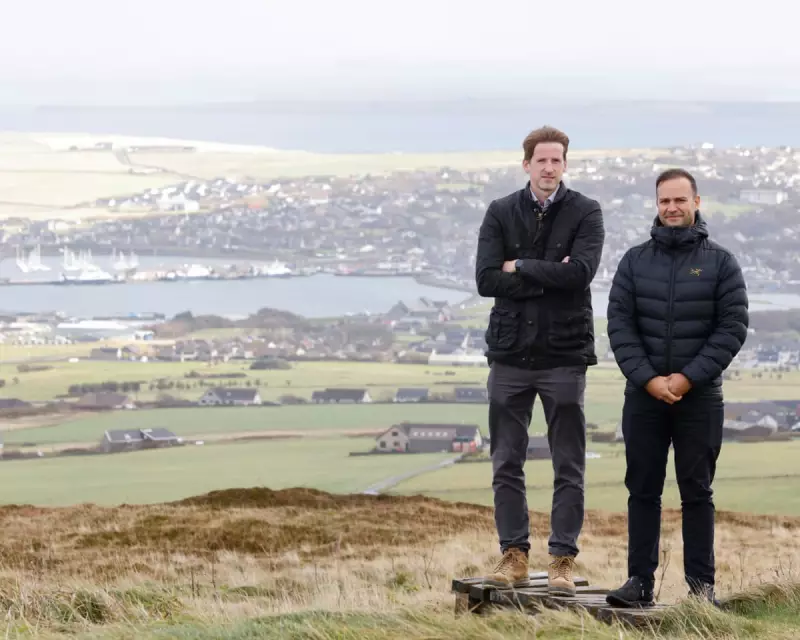
In a landmark move for community-led renewable energy, Orkney Islands Council has revealed that every penny of profit from its ambitious new wind farm project will be channeled directly back into local public services.
The revolutionary initiative represents one of the most significant community benefit agreements in UK renewable energy history, potentially creating a sustainable funding stream for essential services across the archipelago for decades to come.
A New Model for Community Energy
Unlike traditional energy projects where profits typically flow to external shareholders or central government, Orkney's approach ensures that financial benefits remain firmly within the islands. The council estimates the wind farm could generate substantial annual revenues that will directly support:
- Local education and school facilities
- Social care services for vulnerable residents
- Road maintenance and infrastructure projects
- Community development initiatives
- Environmental conservation programmes
Harnessing Orkney's Natural Resources
Orkney has long been at the forefront of renewable energy innovation, with the islands already producing more electricity from wind, wave, and tidal sources than they consume. This new project represents the next evolution - capturing not just clean energy, but also financial returns for the community.
"This isn't just about generating electricity; it's about generating opportunities for our communities," a council spokesperson explained. "By keeping the profits local, we're investing in Orkney's future prosperity and self-sufficiency."
Setting a National Precedent
The decision is being watched closely by other local authorities across Scotland and the wider UK, who see it as a potential blueprint for how communities can directly benefit from their natural resources.
With many councils facing ongoing budget pressures, the Orkney model demonstrates how renewable energy projects can provide long-term financial stability while supporting the transition to net zero.
The project is expected to begin construction next year, with the first revenues anticipated to flow to local services within three years, marking the beginning of a new era of community-powered energy in Scotland.





